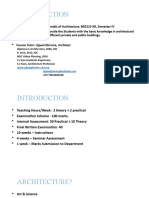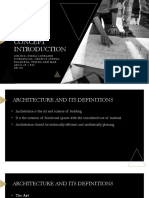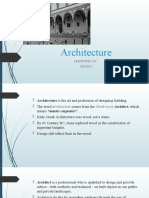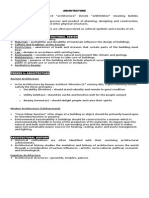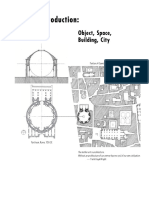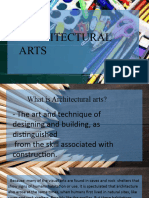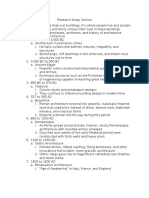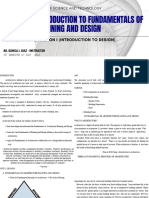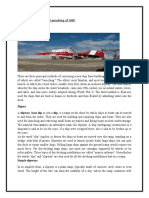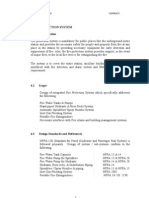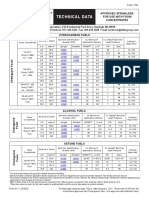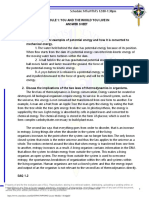0% found this document useful (0 votes)
26 views3 pagesArchitecture Class Notes
Architecture is the art and science of designing and constructing buildings, encompassing key components such as form, function, structure, space, light, material, and context. The document outlines principles of design, various architectural styles, types of architectural drawings, and careers in the field, emphasizing sustainability and accessibility. It serves as a brief overview of the essential aspects of architecture.
Uploaded by
niwipyjpwuragwqmbsCopyright
© © All Rights Reserved
We take content rights seriously. If you suspect this is your content, claim it here.
Available Formats
Download as PDF, TXT or read online on Scribd
0% found this document useful (0 votes)
26 views3 pagesArchitecture Class Notes
Architecture is the art and science of designing and constructing buildings, encompassing key components such as form, function, structure, space, light, material, and context. The document outlines principles of design, various architectural styles, types of architectural drawings, and careers in the field, emphasizing sustainability and accessibility. It serves as a brief overview of the essential aspects of architecture.
Uploaded by
niwipyjpwuragwqmbsCopyright
© © All Rights Reserved
We take content rights seriously. If you suspect this is your content, claim it here.
Available Formats
Download as PDF, TXT or read online on Scribd
/ 3








